Storm Restoration Services
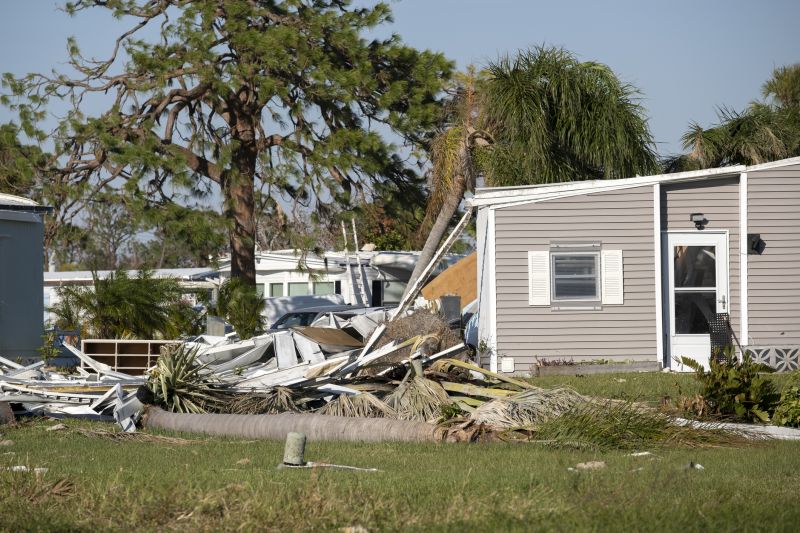
Preparing before storm season can minimize damage and expedite restoration efforts.
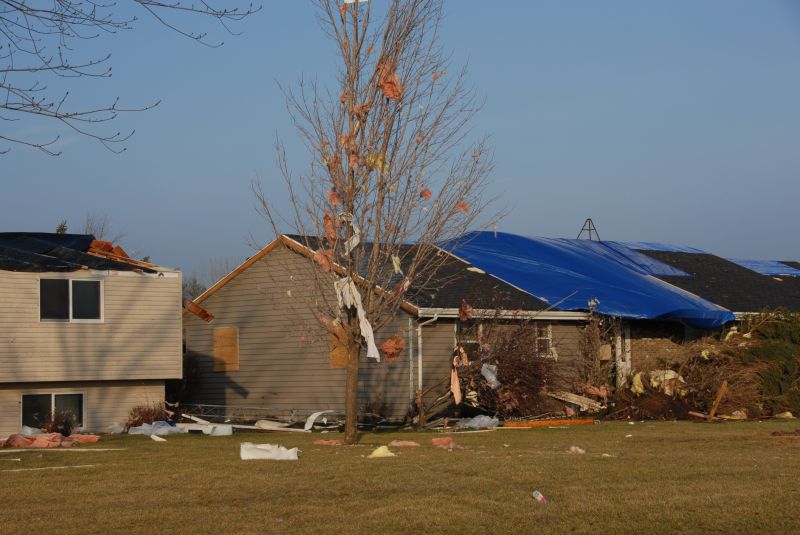
Assessing damage promptly after a storm ensures timely restoration and prevents further issues.
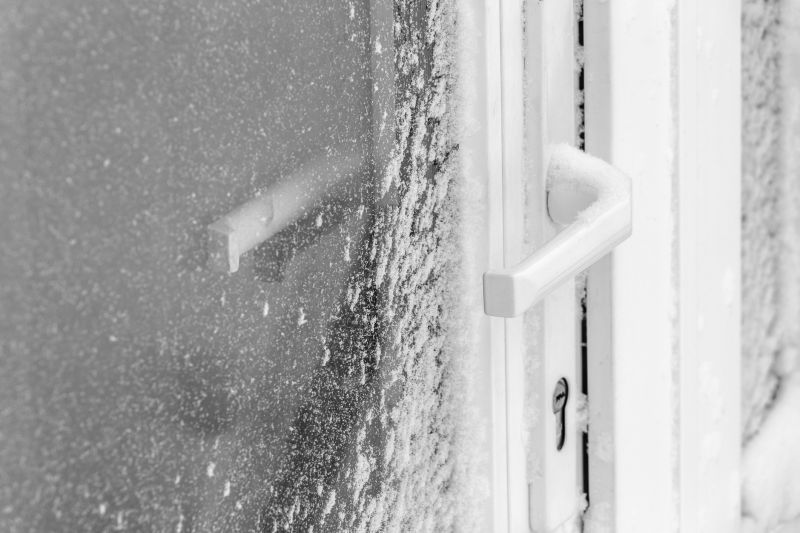
Performing repairs during calmer months can reduce costs and improve project scheduling.

Ways to make Storm Restorations work in tight or awkward layouts.
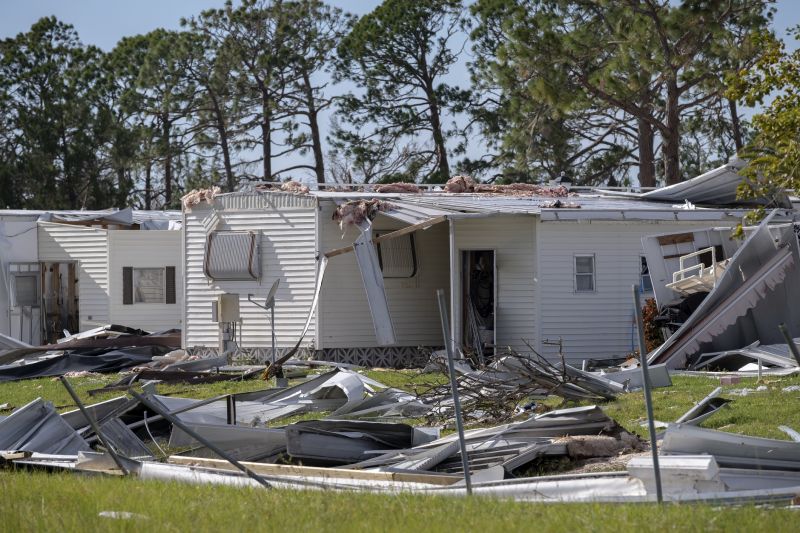
Popular materials for Storm Restorations and why they hold up over time.

Simple add-ons that improve Storm Restorations without blowing the budget.
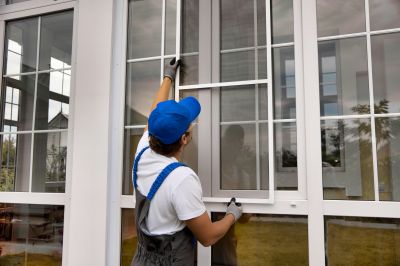
High-end options that actually feel worth it for Storm Restorations.

Finishes and colors that play nicely with Storm Restorations.
Storm restorations involve repairing and restoring properties damaged by severe weather events such as hurricanes, thunderstorms, and high winds. These efforts are crucial to maintaining structural integrity, protecting belongings, and ensuring safety. Effective storm restoration requires timely intervention, proper assessment, and quality repairs to prevent further damage and extend the lifespan of affected structures.
Storm restoration is most effective when performed during seasons with milder weather, reducing delays caused by adverse conditions.
Severe storms are more likely during certain times of the year, making early preparation and post-storm response critical.
Filing claims promptly after storm damage can streamline restoration processes and reduce out-of-pocket costs.
Scheduling repairs during off-peak seasons can improve access to materials and reduce project timelines.
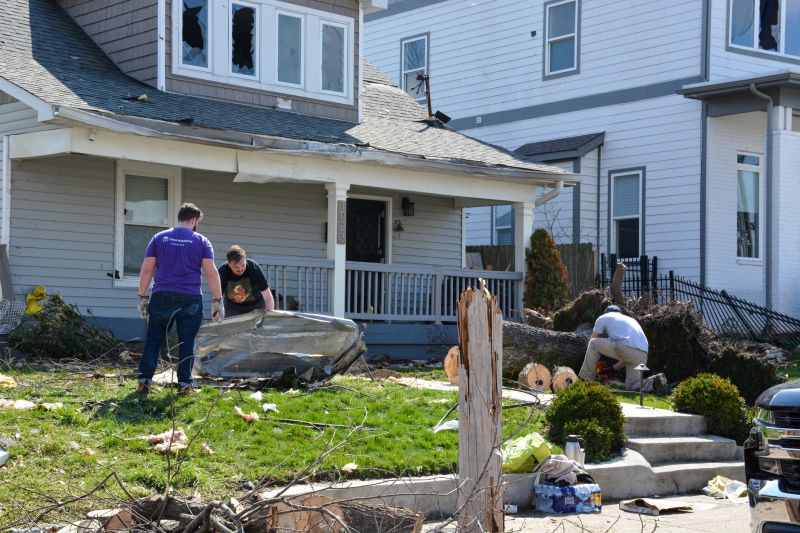
Restoring roofs, siding, and windows after storms to prevent further issues.

Repairing or replacing roofs damaged by high winds and hail.

Strengthening foundations and walls to withstand future storms.
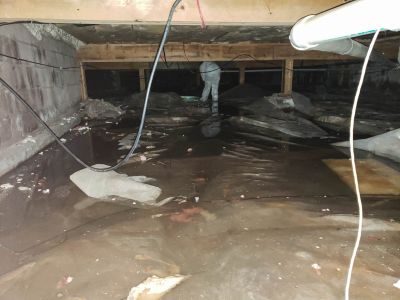
Removing water and repairing affected areas after storm flooding.
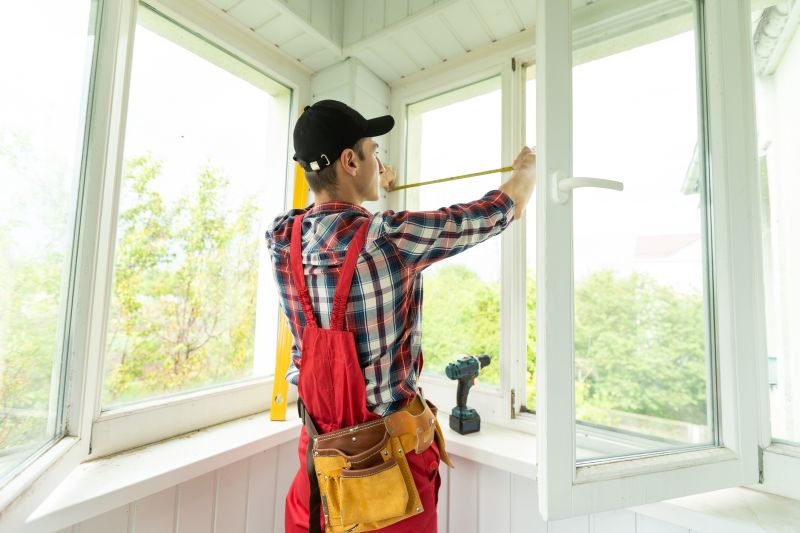
Little measurements that prevent headaches on Storm Restorations day.
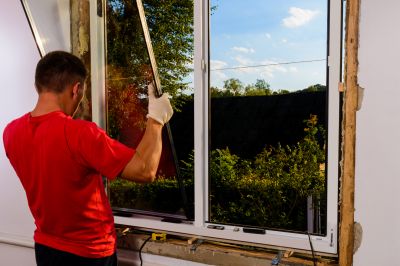
A 60-second routine that keeps Storm Restorations looking new.
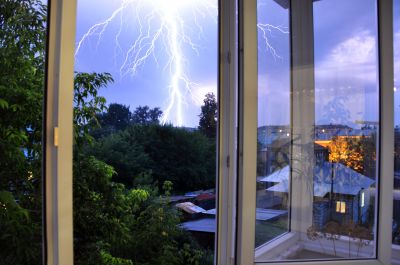
A frequent mistake in Storm Restorations and how to dodge it.

Small tweaks to make Storm Restorations safer and easier to use.
| Storm Type | Optimal Restoration Time |
|---|---|
| Hurricanes | Post-storm season, before hurricane season begins |
| Thunderstorms | Immediately after storm subsides |
| High Winds | Within days of damage occurrence |
| Flooding | As soon as water recedes |
| Hail Damage | During dry, calm weather following hailstorms |
Understanding the timing for storm restorations can significantly influence the effectiveness and cost-efficiency of repairs. Addressing damage promptly reduces the risk of secondary issues such as mold, rot, and structural failure. Planning restoration during favorable weather conditions ensures safety and allows for thorough work, leading to better long-term results.
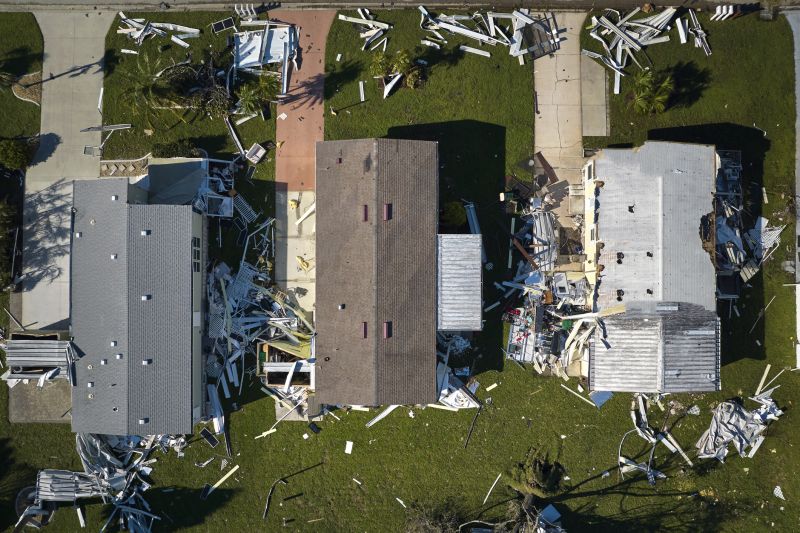
Comprehensive assessments after storms guide effective restoration planning.
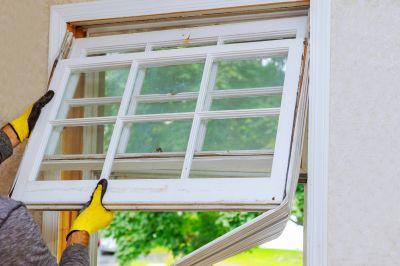
Temporary fixes to prevent further damage until permanent repairs can be made.

Proper storage of repair materials during off-peak seasons ensures readiness.
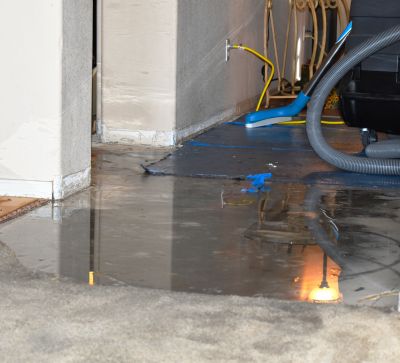
Scheduling repairs to minimize disruption and optimize resource use.

Lower-waste or water-saving choices for Storm Restorations.
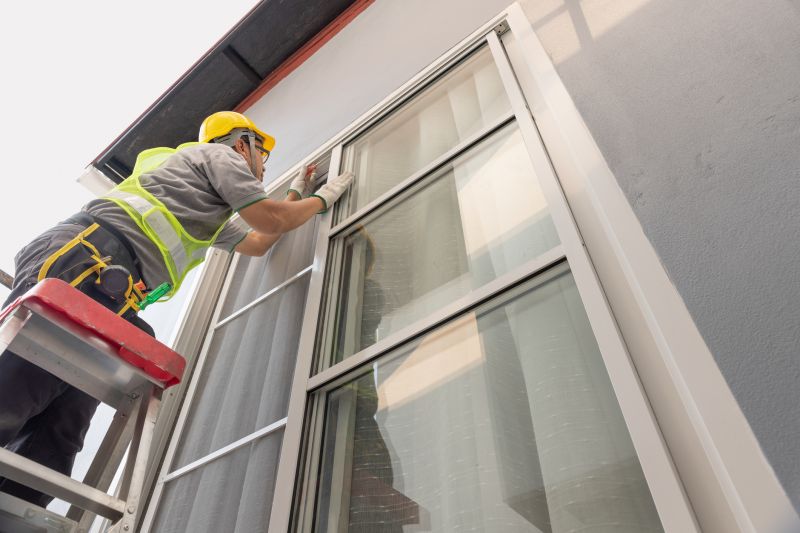
The short, realistic tool list for quality Storm Restorations.
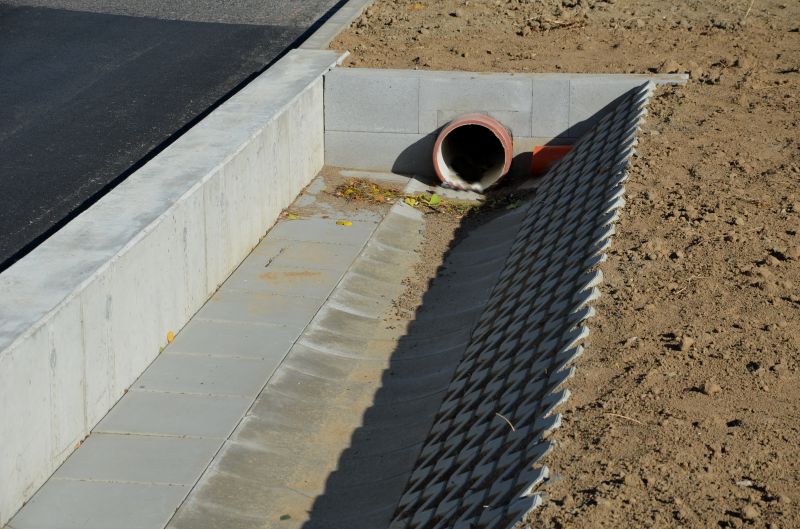
Rough timing from prep to clean-up for Storm Restorations.

Quick checks and paperwork to keep after Storm Restorations.
Timely storm restorations are essential for minimizing property damage and reducing repair costs. Proper planning, assessment, and execution during optimal periods can lead to more durable repairs and faster recovery. Property owners are encouraged to stay informed about seasonal weather patterns and prepare accordingly to ensure readiness for storm events.

